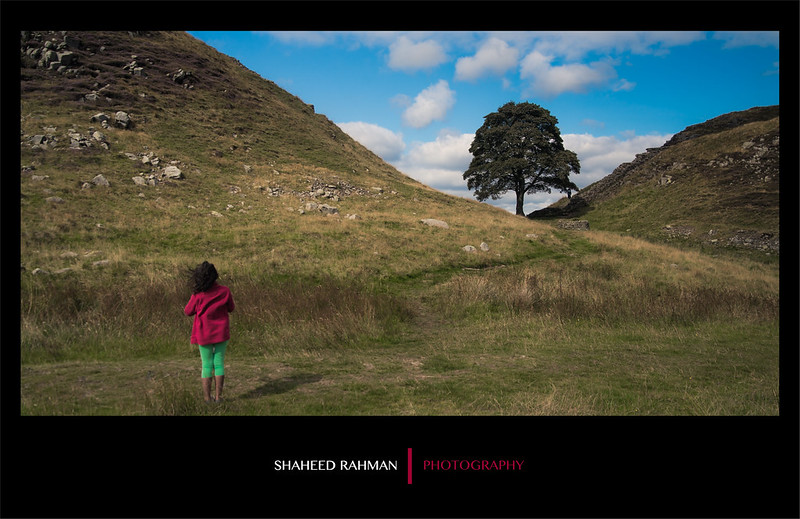- Messages
- 5,635
- Name
- Shaheed
- Edit My Images
- No
Hi
This is (I think) Virgin territory as I'm usually in the people/lighting forums.
In the not too distant future, we will be going on a camping trip to Northumberland and thought this would be a great opportunity to try my hand at some landscapes. We will be near sea houses and then into the national park!
I have a more than decent landscape set up (red snapper tripod, 16-35f4, d800 and the 10 stop recommended by Phil in the equipment forum).
At the risk of asking a foolishly broad question, any general tips or advice. Any location advice?
Thanks in advance
Shaheed
This is (I think) Virgin territory as I'm usually in the people/lighting forums.
In the not too distant future, we will be going on a camping trip to Northumberland and thought this would be a great opportunity to try my hand at some landscapes. We will be near sea houses and then into the national park!
I have a more than decent landscape set up (red snapper tripod, 16-35f4, d800 and the 10 stop recommended by Phil in the equipment forum).
At the risk of asking a foolishly broad question, any general tips or advice. Any location advice?
Thanks in advance
Shaheed
Last edited:

 The Stars above our Tent
The Stars above our Tent Kielder Water Desolation
Kielder Water Desolation You, Me and THE Tree - Contemplation at Sycamore Gap
You, Me and THE Tree - Contemplation at Sycamore Gap